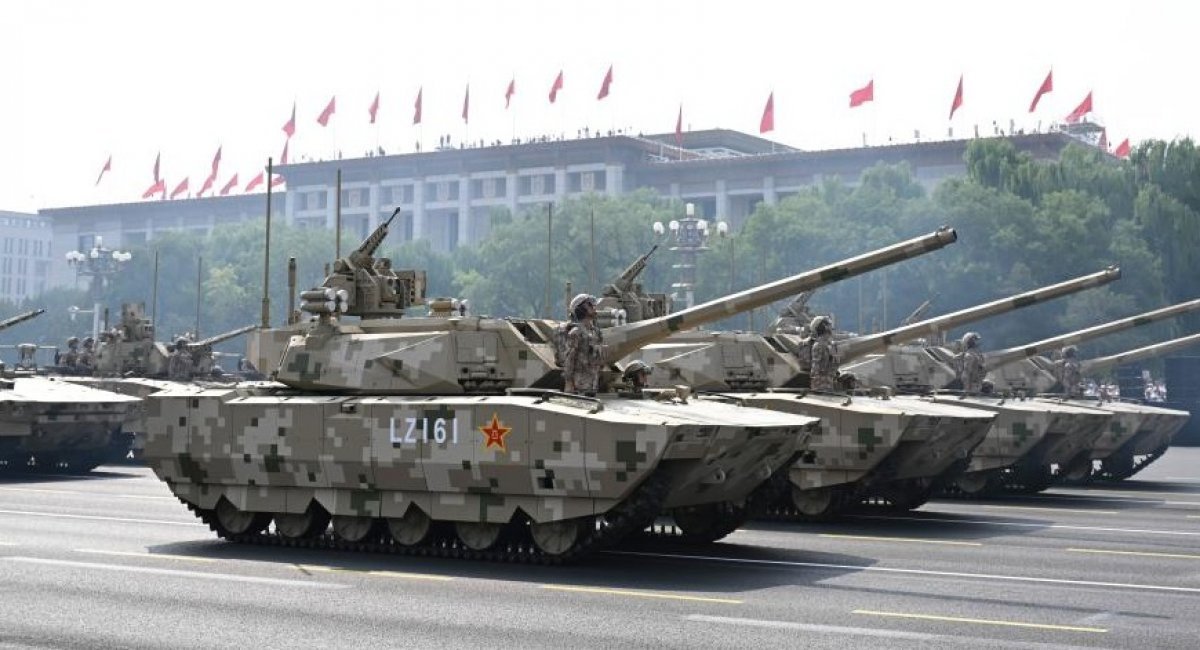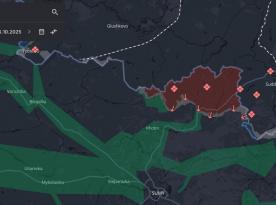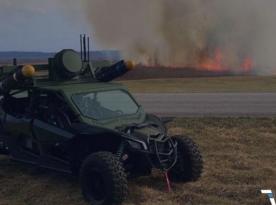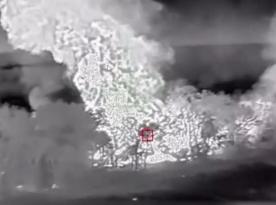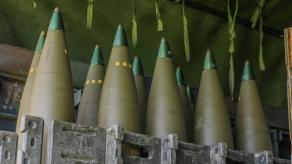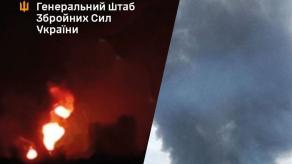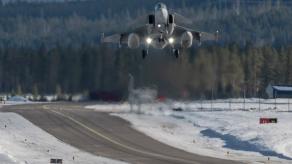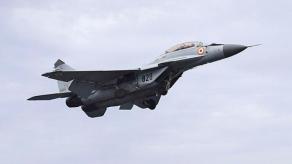The Chinese Armed Forces are reportedly preparing to employ tanks for indirect-fire missions as a regular battlefield practice — both now and in the future. To this end, the newly unveiled Type 100 tank may feature additional sensors and radar systems to support such operations.
This was reported by China's official military newspaper, citing a tank commander from an unnamed brigade. Given the source, it is worth noting that the statement could be propagandistic in nature, deliberately published through official channels.
Read more: China Replicates Ukrainian Anti-Drone Armor For Tanks With a Futuristic Touch
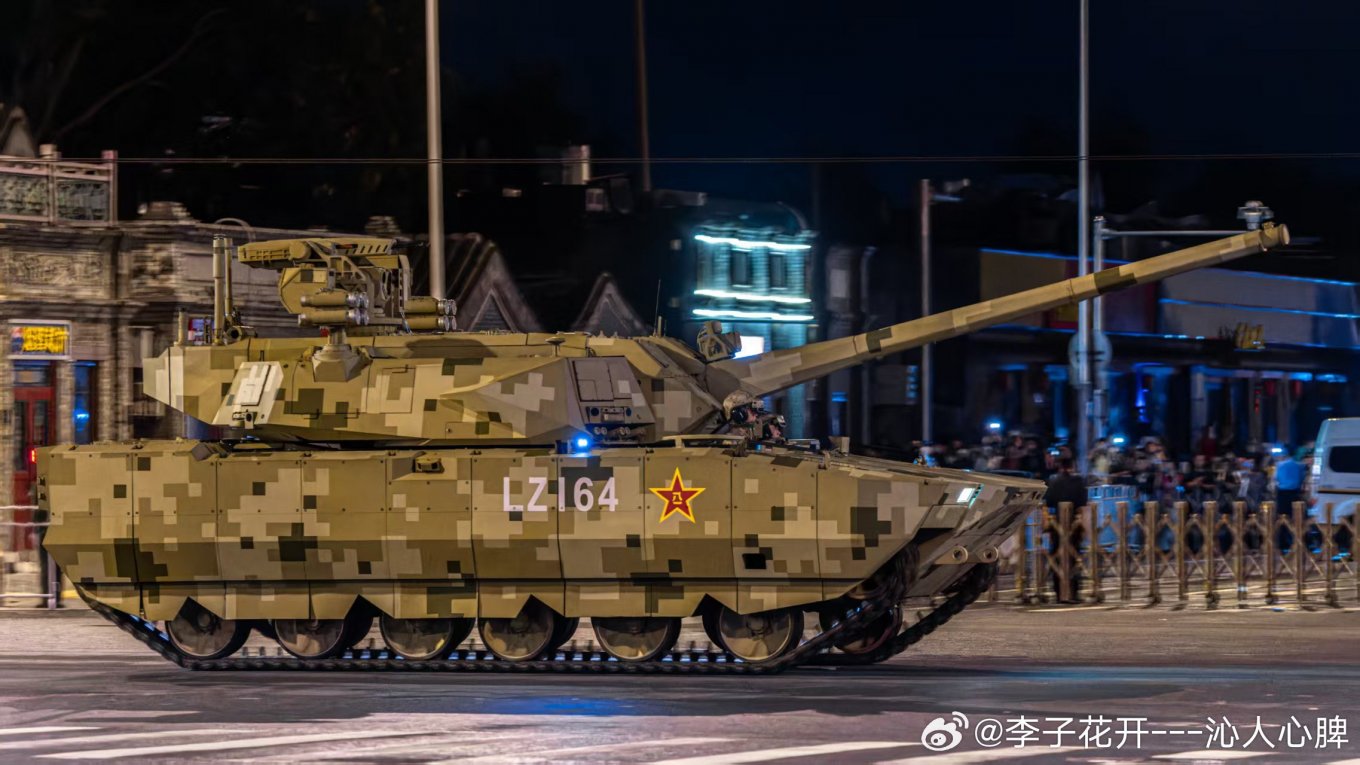
At the same time, the use of tanks for indirect fire has indeed become widespread in the russo-Ukrainian war, driven by the positional character of combat and the dominance of various types of drones.
The proliferation of UAVs both accelerates target detection and engagement and enables over-the-horizon fire correction for artillery and other strike assets. In this context, adapting heavy armored vehicles for indirect-fire roles seems a natural evolution.
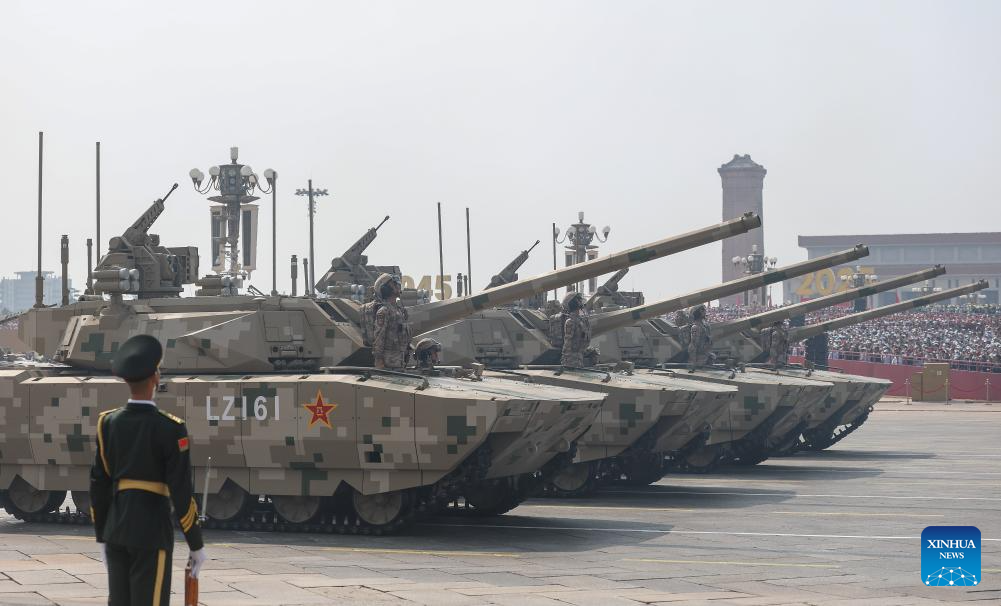
This trend has also attracted the attention of Italy's Leonardo, which developed a specialized 120-mm gun and compatible ammunition capable of achieving a claimed maximum range of up to 30 km.
Even during the Soviet era, the concept of indirect fire for tank units was explored, with special firing tables developed to improve accuracy. Under those conditions, tanks could engage targets at distances of up to 9 km.
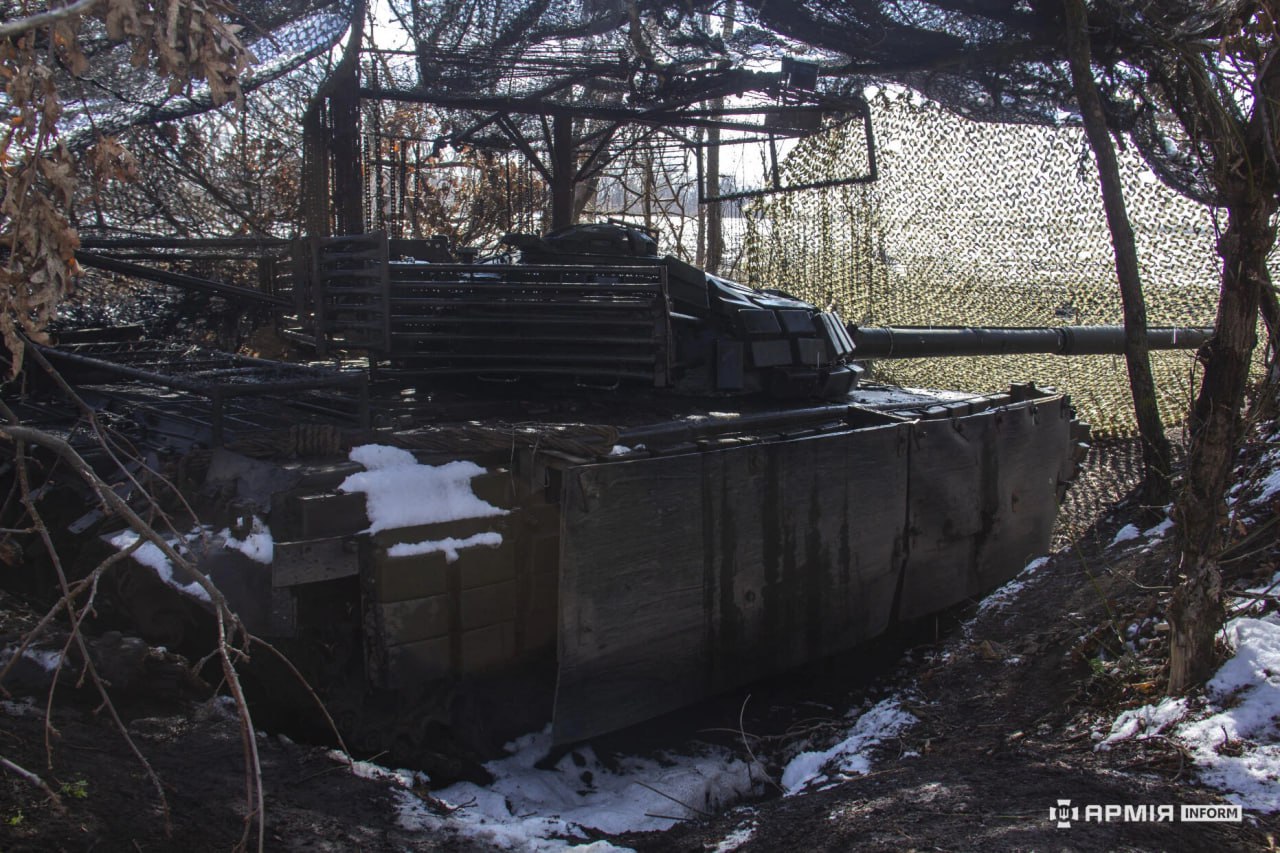
Western tank development traditionally saw little need to optimize for such a function. Nevertheless, Ukraine's Defense Forces have successfully adapted their tanks for indirect-fire missions. Defense companies are now following suit — from Leonardo's mentioned innovation to MBDA's tank-launched missile concept.
Some analysts regard long-range indirect fire as the logical next step in the evolution of main battle tanks. However, it remains unclear how seriously China is pursuing this concept beyond its propaganda statements. Still, given the current trend, the development deserves close attention.
Read more: Did China's New ZTZ-201 Tank Copy russian Armata? What Sets It Apart




